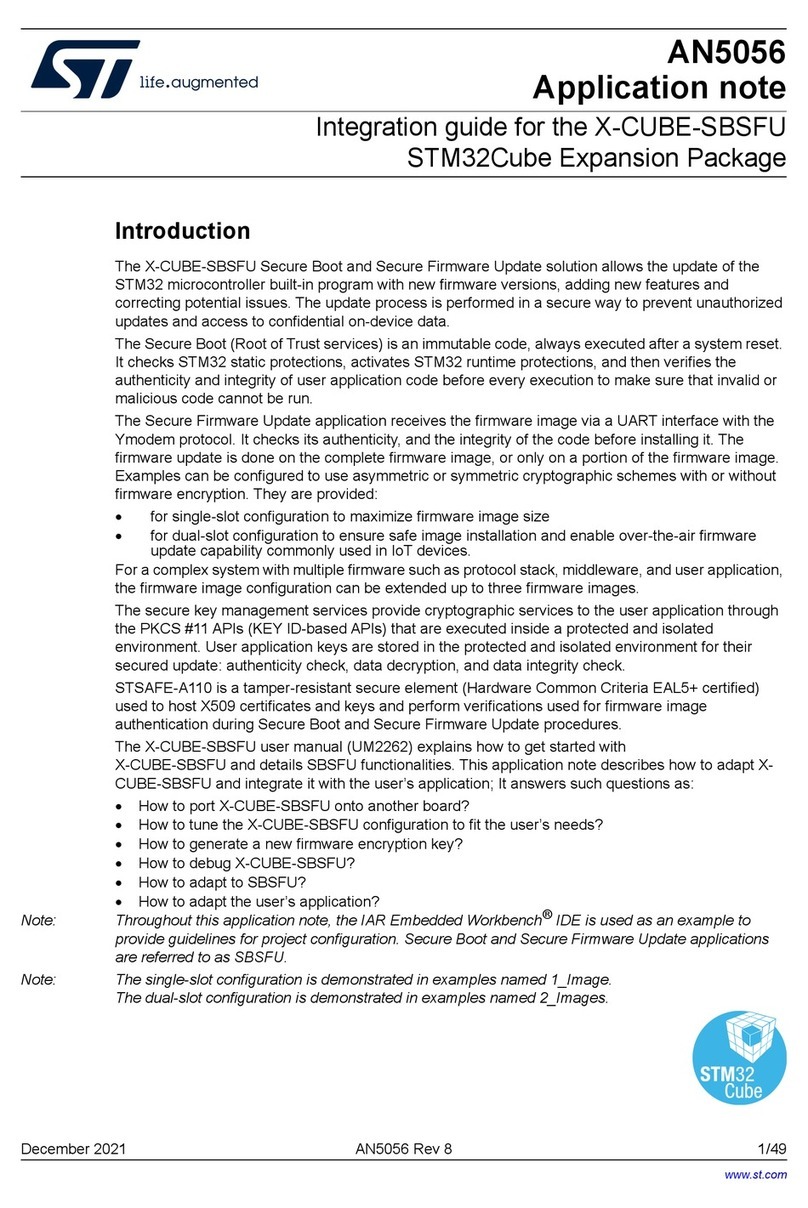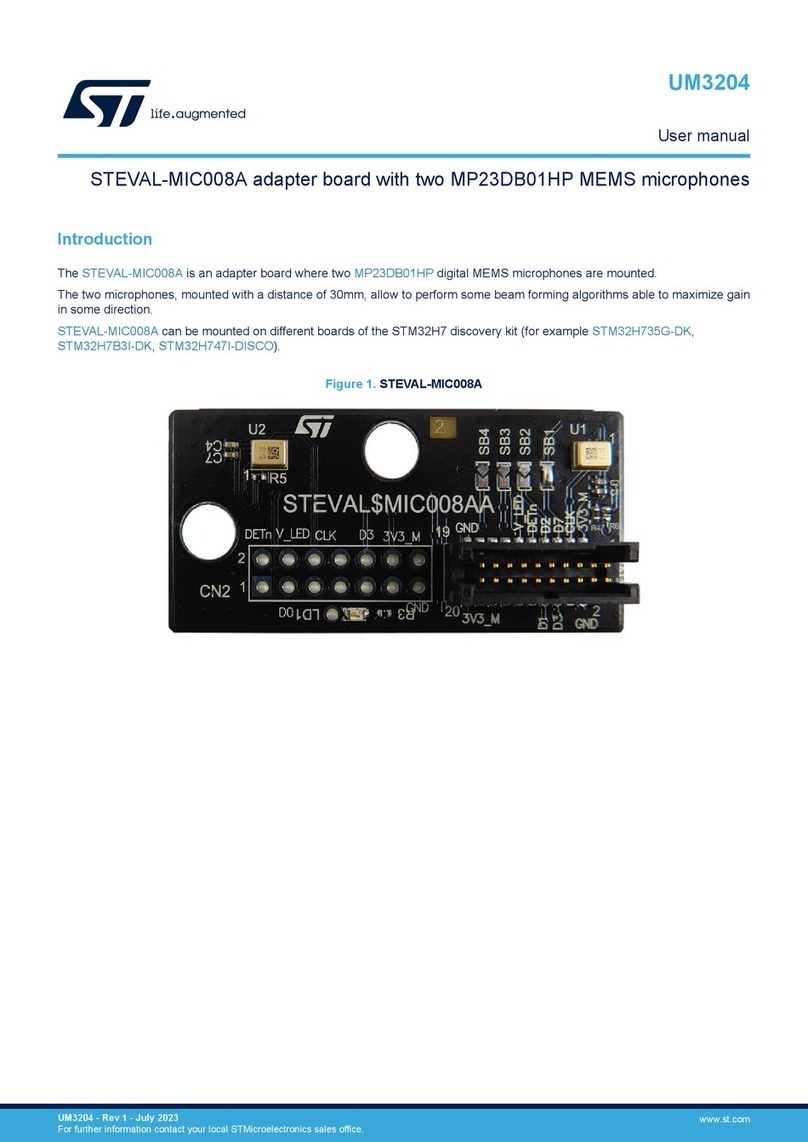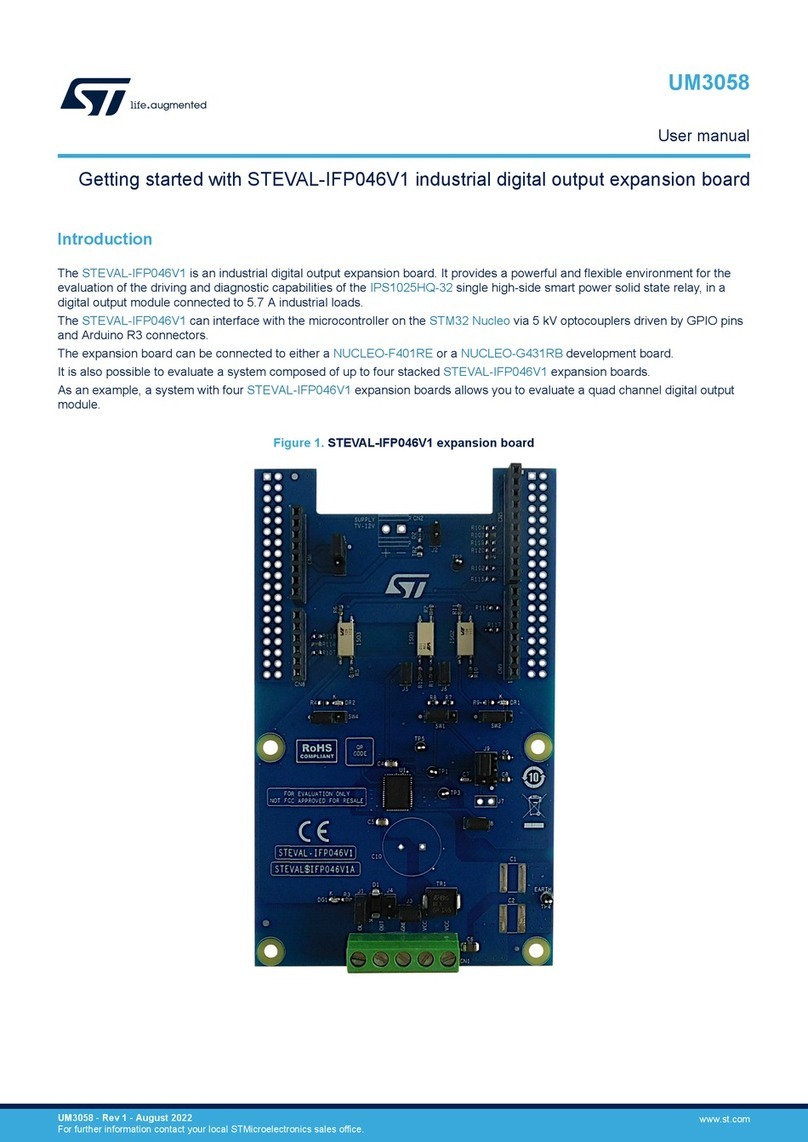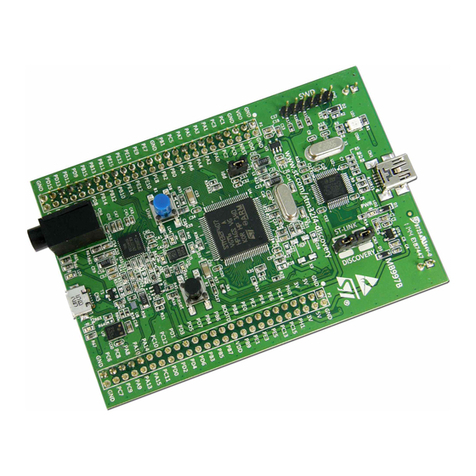ST X-NUCLEO-53L7A1 User manual
Other ST Computer Hardware manuals
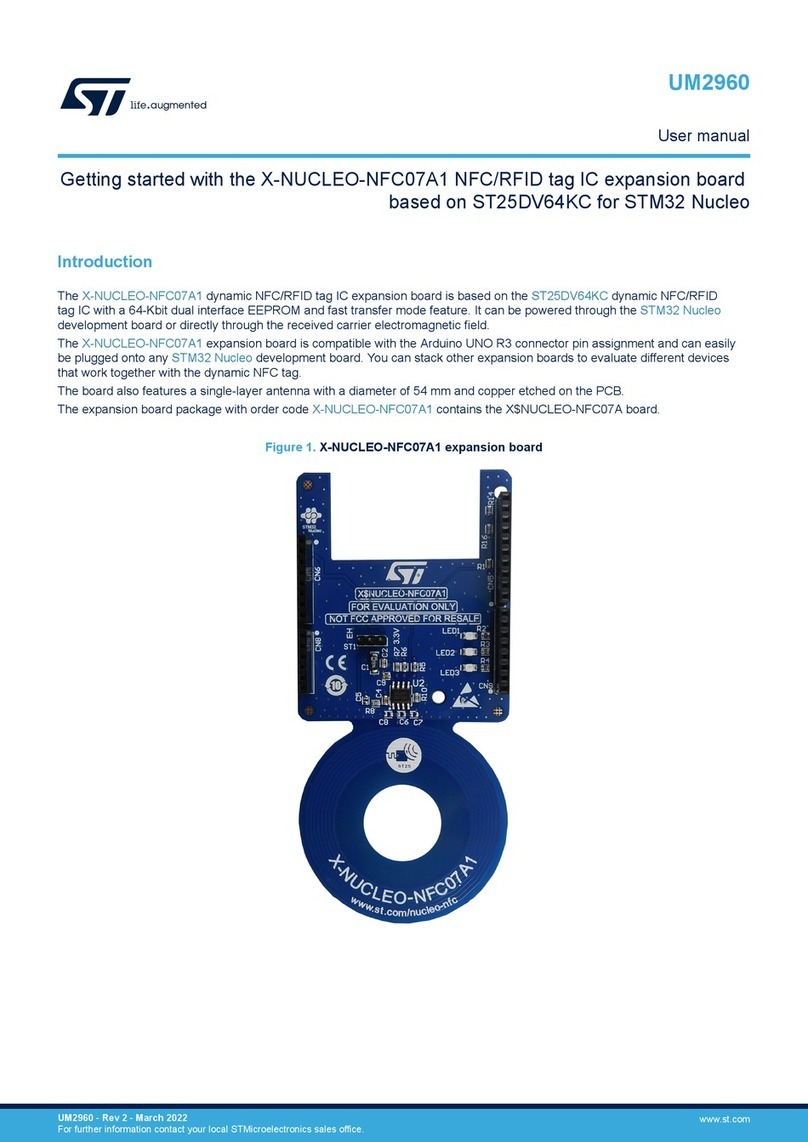
ST
ST UM2960 User manual
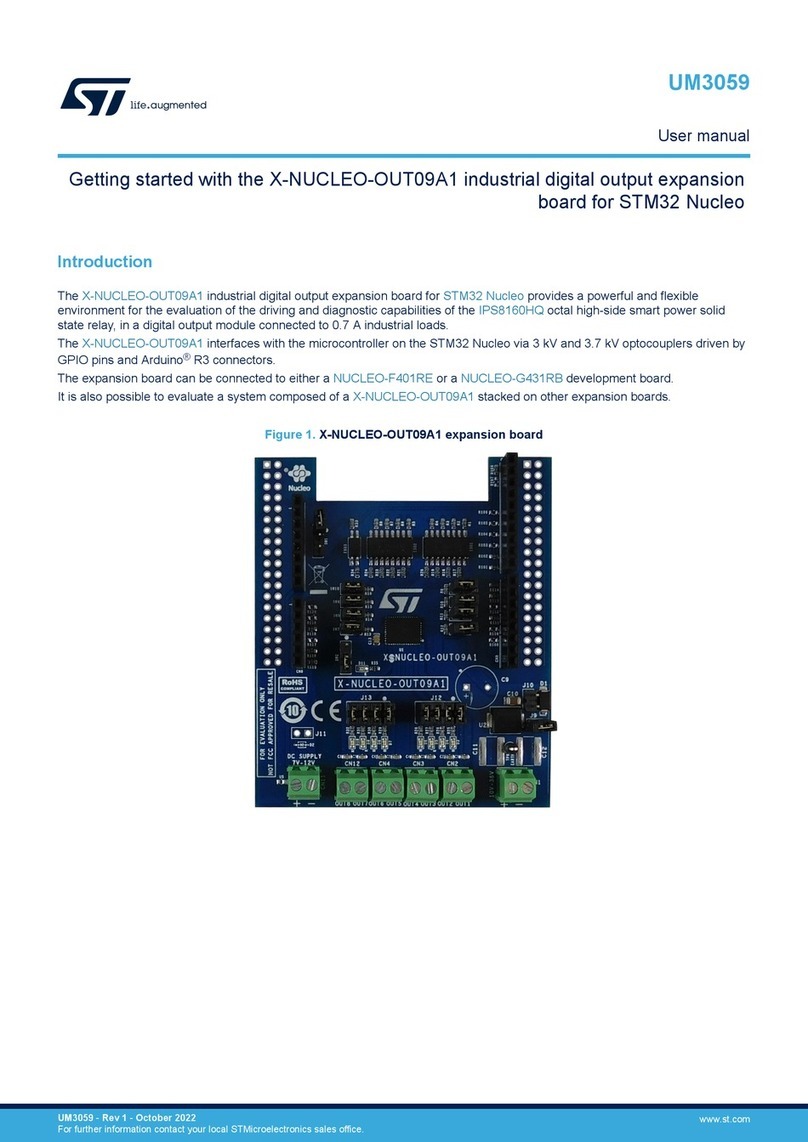
ST
ST X-NUCLEO-OUT09A1 User manual
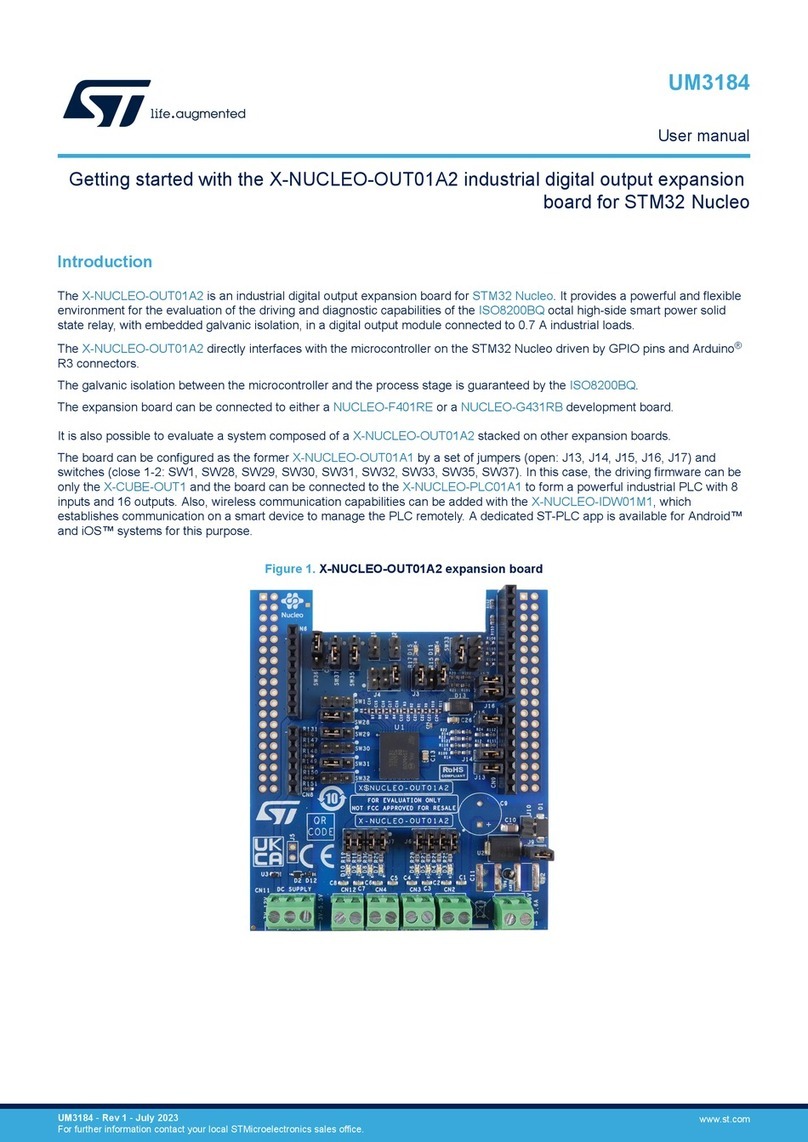
ST
ST X-NUCLEO-OUT01A2 User manual

ST
ST STEVAL-DPSG474 User manual
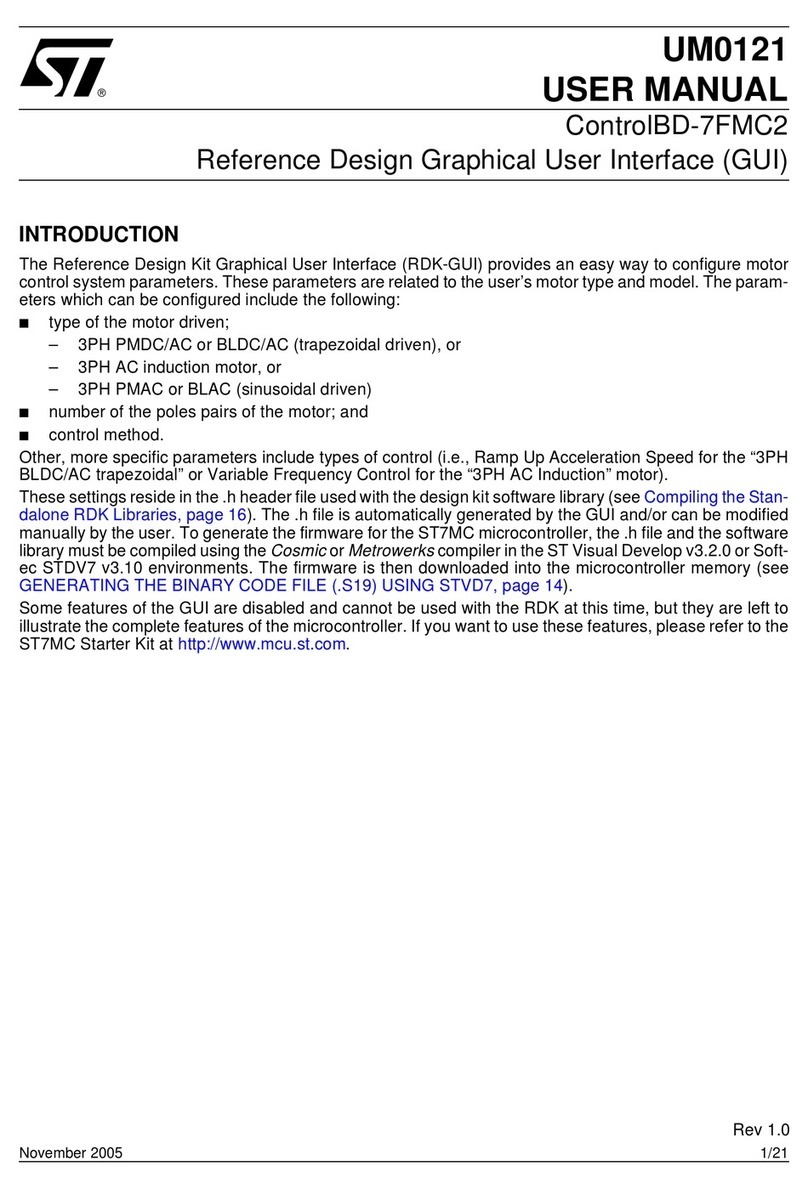
ST
ST ControlBD-7FMC2 User manual

ST
ST X-NUCLEO-IKA01A1 User manual
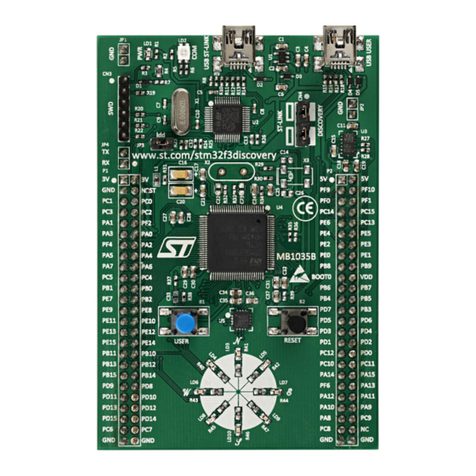
ST
ST STM32F3DISCOVERY User manual

ST
ST X-NUCLEO-53L3A2 User manual
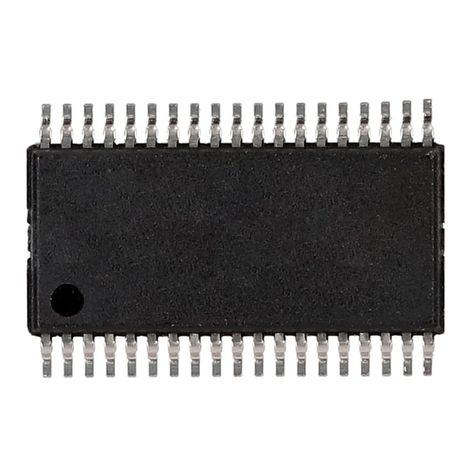
ST
ST HTSSOP38 User manual
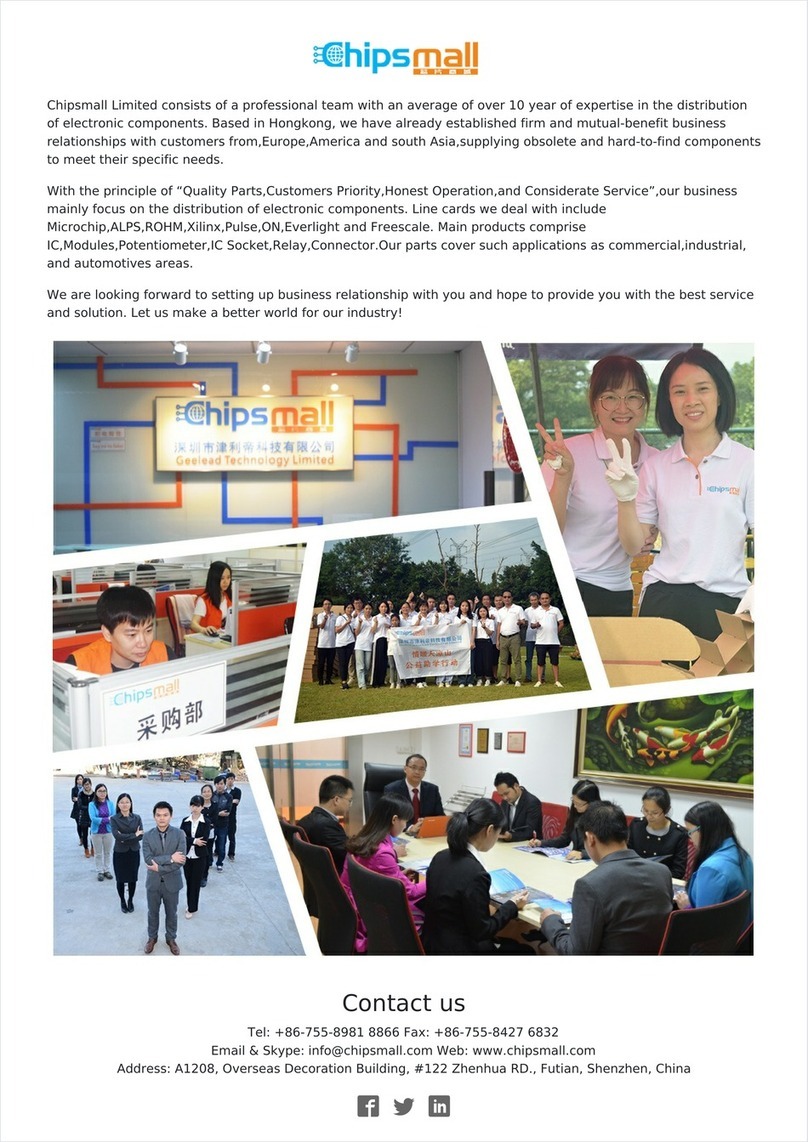
ST
ST X-NUCLEO-IDW01M1 User manual

ST
ST STEVAL-ISF001V2 User manual

ST
ST CLT01-38SQ7 User manual

ST
ST STM32H5 User manual
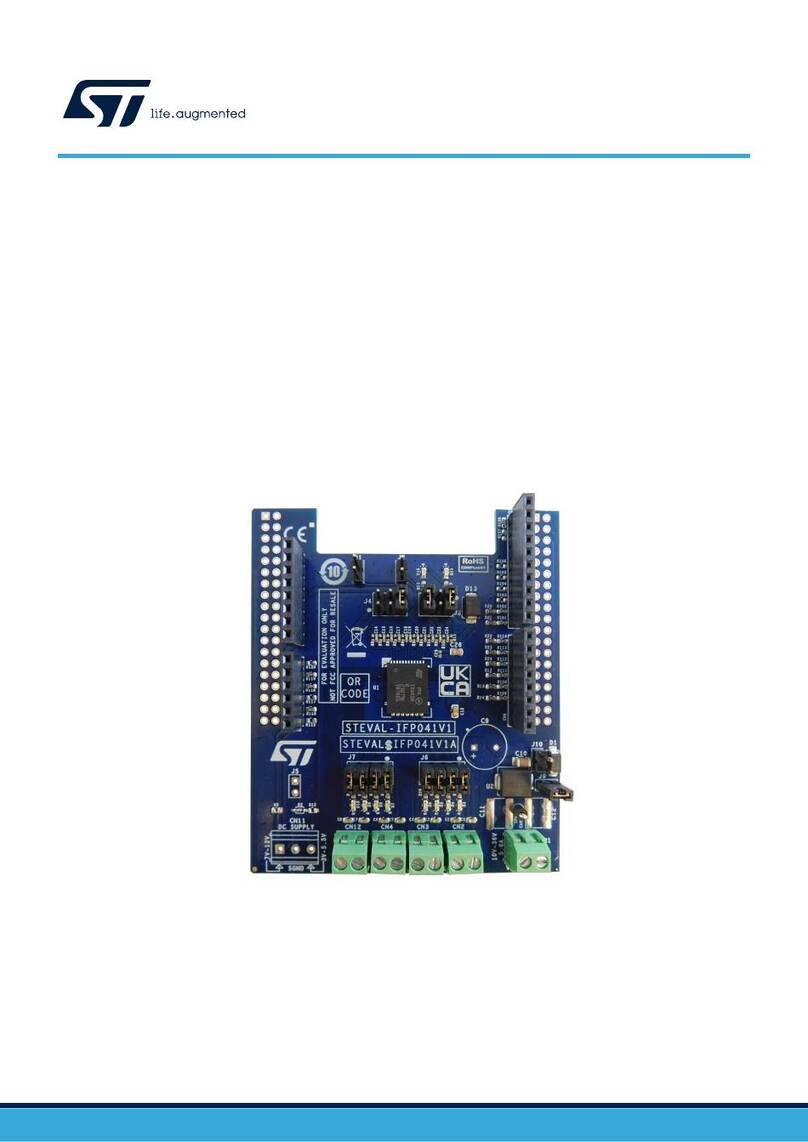
ST
ST STEVAL-IFP041V1 User manual

ST
ST STEVAL-CCH002V1 User manual

ST
ST STMPE811 Specification sheet
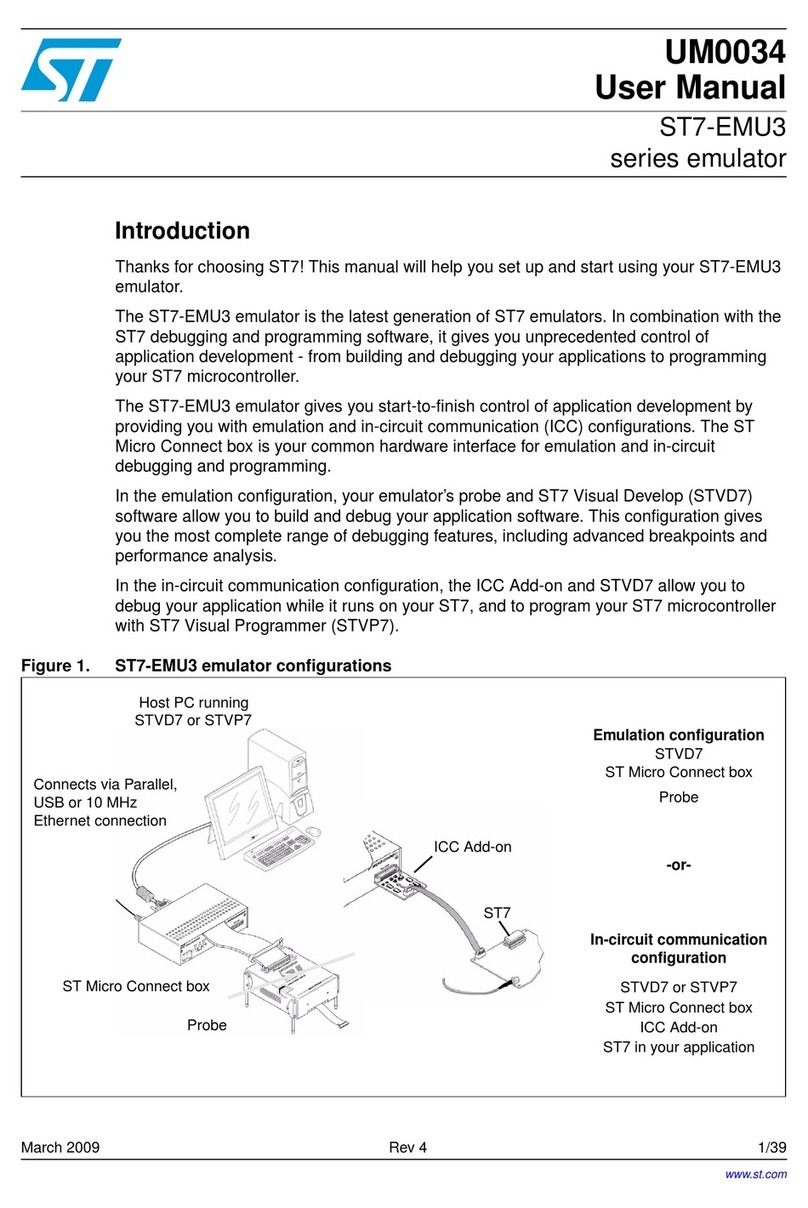
ST
ST ST7-EMU3 Series User manual

ST
ST FP-LIT-BLEMESH1 User manual

ST
ST STM32F4 Series User manual
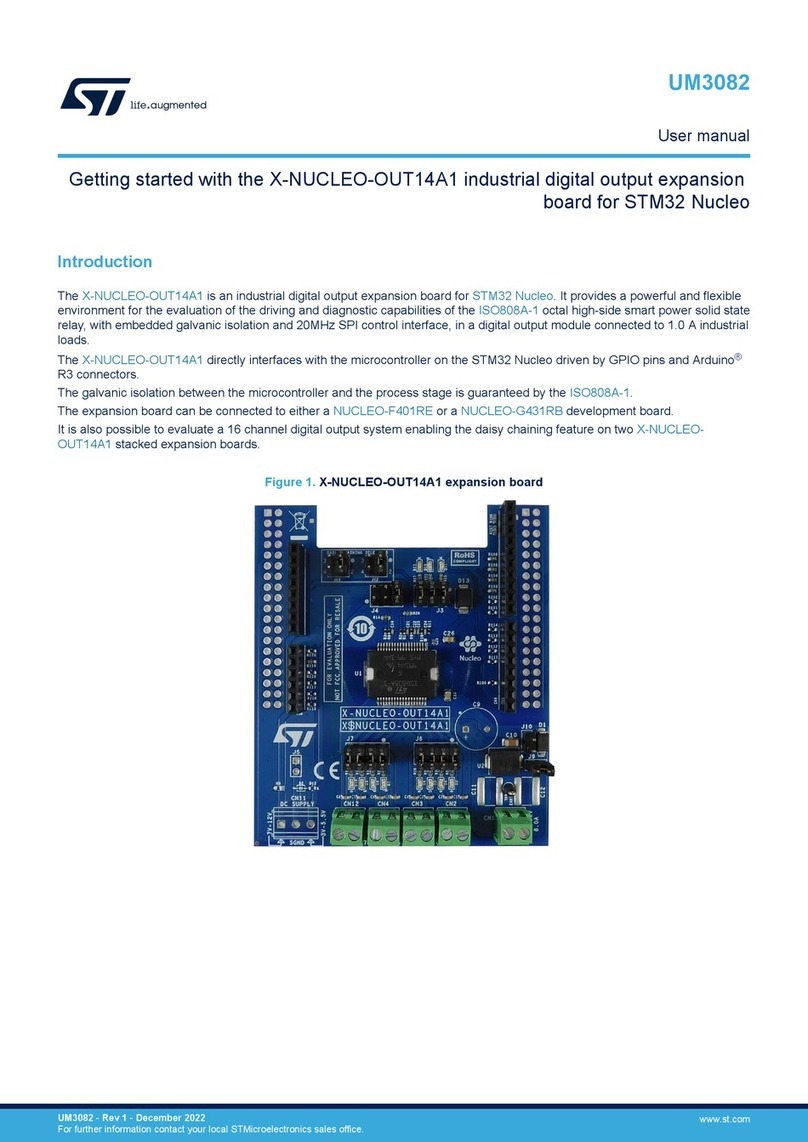
ST
ST X-NUCLEO-OUT14A1 User manual
Popular Computer Hardware manuals by other brands

EMC2
EMC2 VNX Series Hardware Information Guide

Panasonic
Panasonic DV0PM20105 Operation manual

Mitsubishi Electric
Mitsubishi Electric Q81BD-J61BT11 user manual

Gigabyte
Gigabyte B660M DS3H AX DDR4 user manual

Raidon
Raidon iT2300 Quick installation guide

National Instruments
National Instruments PXI-8186 user manual

Intel
Intel AXXRMFBU4 Quick installation user's guide

Kontron
Kontron DIMM-PC/MD product manual

STEINWAY LYNGDORF
STEINWAY LYNGDORF SP-1 installation manual

Advantech
Advantech ASMB-935 Series user manual

Jupiter
Jupiter RAM PACK instructions

Measurement Computing
Measurement Computing CIO-EXP-RTD16 user manual
